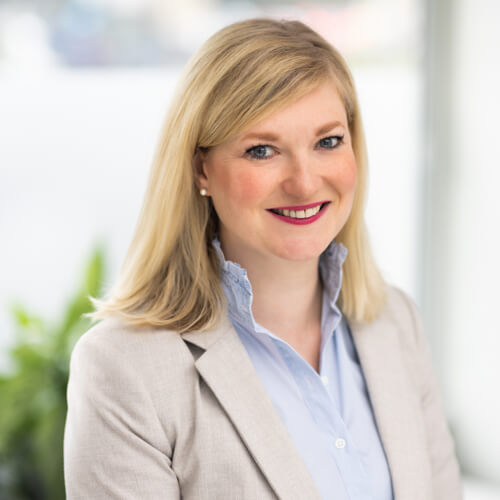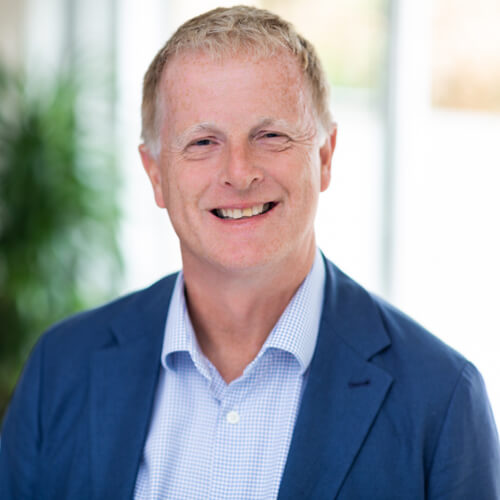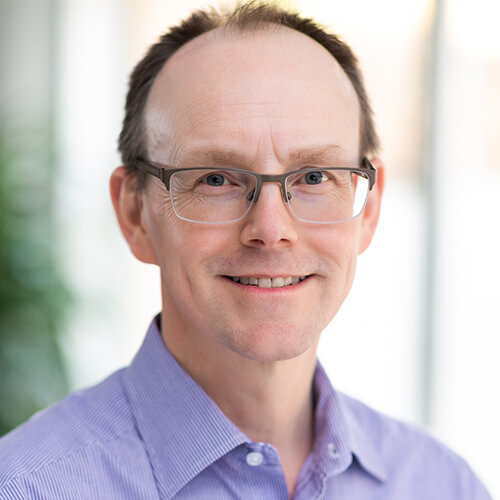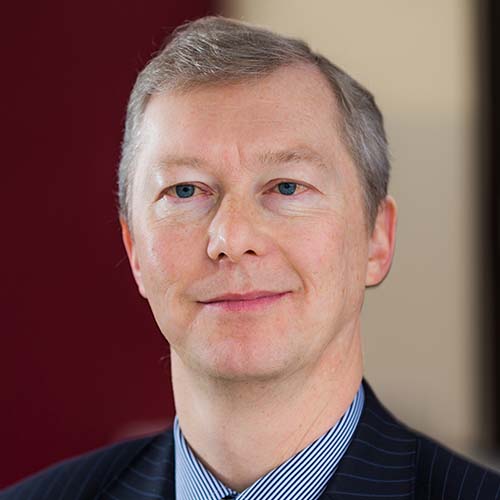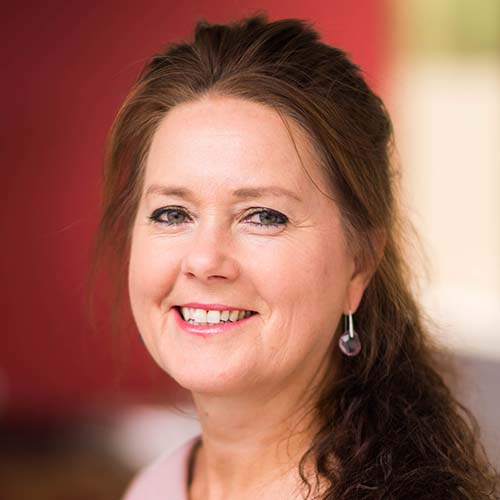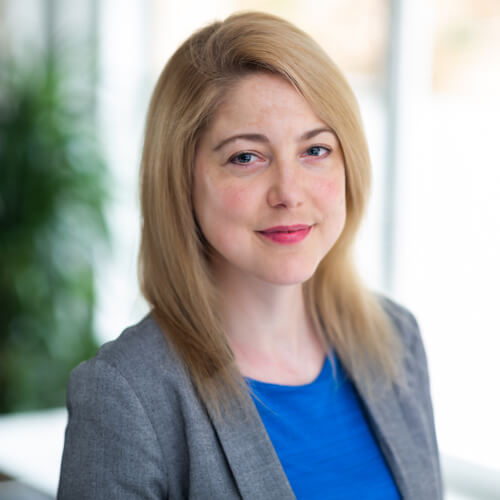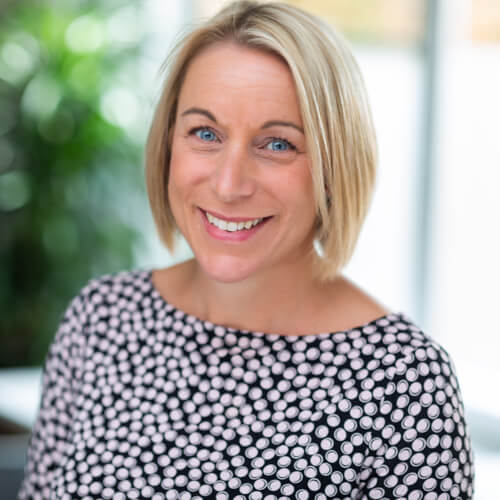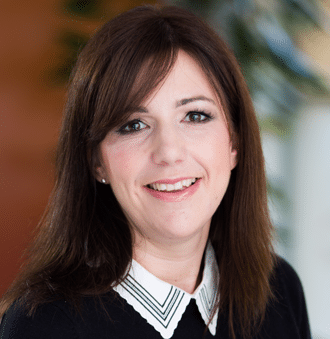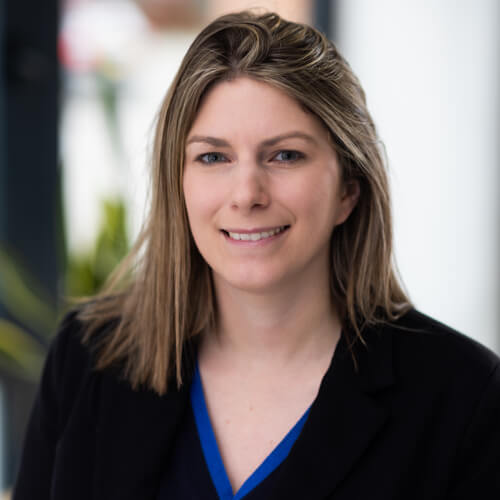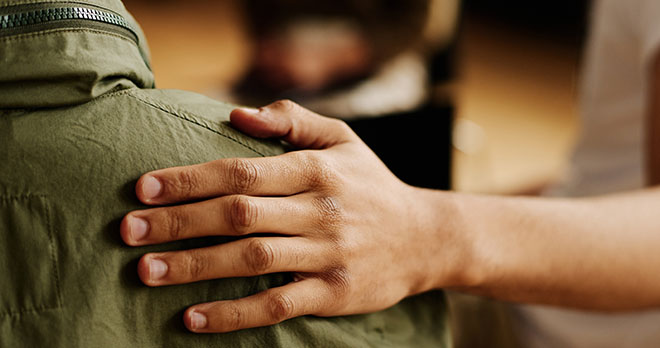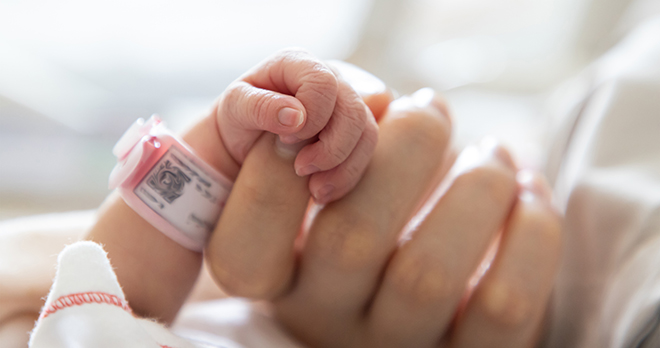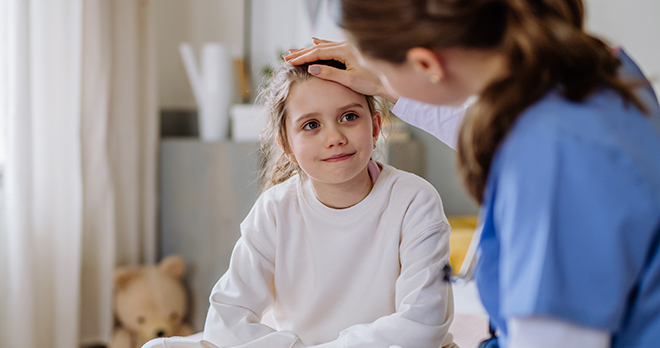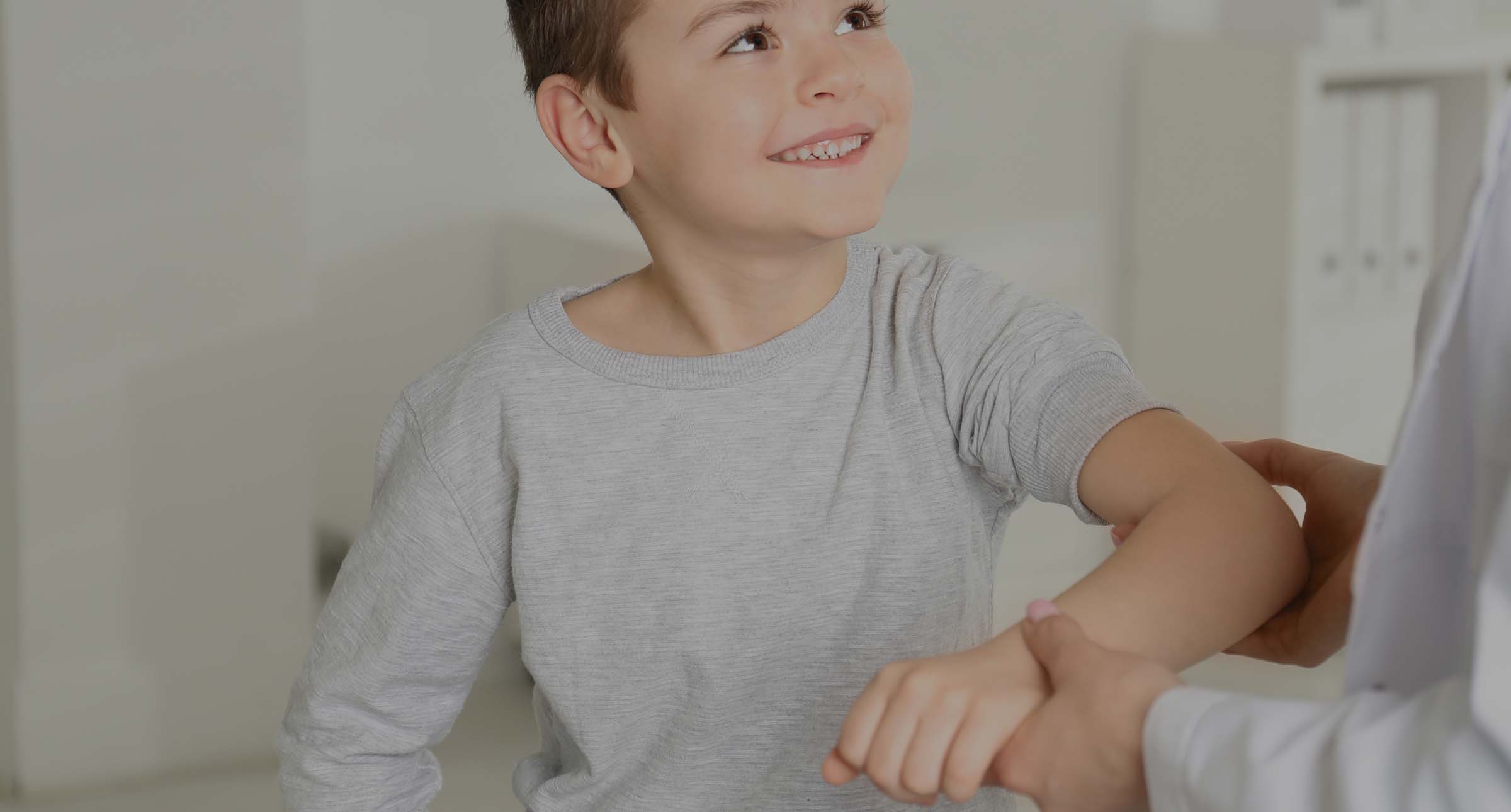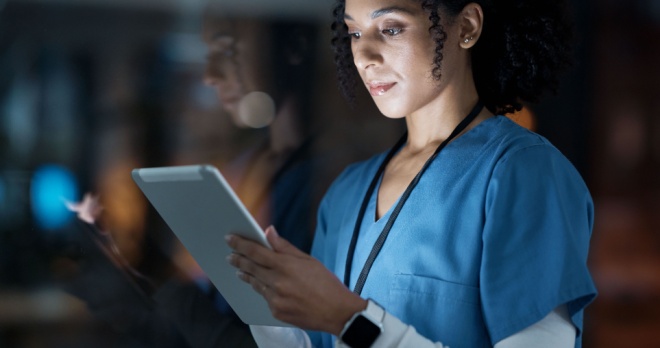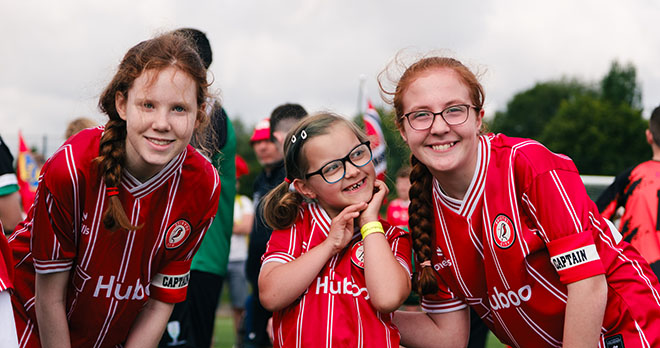Treating cerebral palsy
Unfortunately, there is no cure for cerebral palsy, but treatments including surgery, medication and therapies can help to relieve the discomfort of tight muscles. Treatments can also manage the associated medical problems, such as epilepsy, hip dislocation and contractures.
Treatments for cerebral palsy aim to:
- Reduce pain
- Improve posture and movement
- Correct associated bone and joint conditions
- Correct associated medical conditions
- Improve communication, speech and language.
On diagnosis of cerebral palsy an NHS team, led by your paediatrician or doctor, will develop a detailed care plan that includes relevant mainstream treatments and therapies. This plan will be reviewed regularly. You may also wish to try alternative therapies after seeking advice from your paediatrician or doctor.
Below you can discover more about treatments available for people with cerebral palsy, depending on their condition:
Orthopaedic surgery and selective dorsal rhizotomy are two types of surgery available to relieve the symptoms of cerebral palsy in some cases. You can find out more about these below.
Because of the risks associated with surgery and because its benefits may only be temporary, courses of physical therapy and medication are usually recommended first.
Surgery can be used to:
- Relieve pain and stiff muscles
- Improve balance, posture and range of movement
- Realign fixed joints and tendons
- Prevent contractures (permanently tightened muscles)
- Prevent hip dislocation and scoliosis (spinal curvature)
- Correct hip dislocations
- Correct scoliosis (spinal curvature)
- Correct urinary incontinence (as a result of surgery).
Your child will be monitored regularly for any problems that need to be corrected with surgery (such as spine and hip x-rays) and specialists will advise you on whether surgery is suitable.
Any surgery needs to be accompanied by regular physiotherapy for the full benefits to be realised. If successful, surgery can have the knock-on effect of improving a child’s confidence as they enjoy better posture and an increased range of movement.
Why is timing of surgery important?
Timing of surgery is very important. Problems with movement become more apparent as a child with cerebral palsy grows, and the primary issue may be harder to spot until the child is older. For example, knee deformities could be due to an imbalance in the hip, so early surgery on the knees would not be effective.
However, it’s important not to leave surgery too late when joint alignments and deformities are established. Your health specialists can advise you on this.
Orthopaedic surgery is used to correct conditions that affect the musculoskeletal system (bones, joints, ligaments, tendons, muscles and nerves). It includes various procedures that correct movement problems, reduce pain and increase the range of motion achieved in children with spasticity (stiff, tight muscles).
Performed at the right time, it can help prevent contractures and hip dislocations.
The procedures will vary depending on the areas of the body affected, including soft-tissue surgery (muscles and ligaments), bone surgery or both. Specific procedures include:
- Cutting tendons or muscles to relieve stiffness and tightening of muscles and joints (tenotomy/myotomy)
- Lengthening tendons and muscles to reduce painful contractures and permanent tightening
- Lengthening muscles in the hands and fingers to relieve tightness and improve fine motor skills, such as grasping objects
- Realigning joints for better posture and correcting hip dislocations.
Selective dorsal rhizotomy (SDR) is a surgical procedure that could help children who have spastic cerebral palsy. Specifically, it can help children with spasticity in their lower limbs that makes walking and sitting difficult, and who regularly experience painful spasms.
The procedure aims to reduce the amount of information carried by the sensory nerves by cutting selected nerves in the lower spine. Afterwards, a long course of physiotherapy and aftercare is required so that the child can relearn how to control their leg muscles.
The procedure cannot be reversed and there are several complications. Bladder function and walking ability may deteriorate (the child may have to learn to walk again with the help of physiotherapy) and spinal deformities may appear when the child is older. For these reasons, SDR is usually recommended only after other treatments for spasticity have failed.
Physiotherapy is one of the most important therapies available to people with cerebral palsy and treatment will start when your child is diagnosed with the condition.
Physiotherapists give manual therapy to affected muscles using their hands, but also teach physical exercises that stretch and strengthen muscles. These exercises can also be done at home.
The aim of physiotherapy is to strengthen weak muscles, improve a person’s range of movement and physical ability, and reduce muscle stiffness that can lead to contractures (permanent shortening of the muscles). When shortened muscles don’t grow as fast as bones, it can lead to painful joint deformities in later life.
Physiotherapists also offer advice on using and caring for aids and orthoses, such as special arm and leg braces that help to stretch muscles.
A child with cerebral palsy will benefit from speech and language therapy if their condition affects the muscles in their neck, throat, face, jaw, mouth or tongue, or if they struggle to understand and interpret speech and language as a result of their brain injury, i.e. they have a learning difficulty or severe learning disability.
Being able to communicate with or without speech is vitally important for a child’s quality of life, learning and independence, so early intervention in the first three years of your child’s life is recommended. Assessments usually take place as soon as a language or speech delay is suspected.
A trained speech and language therapist can help a child with cerebral palsy to overcome the following problems:
- Coordinating and controlling muscles in the tongue, face, mouth and jaw
- Difficulty swallowing and breathing (dysphagia)
- Drooling
- Choking on food and drink
- Reduced ability or an inability to form sounds and words (aphasia)
- Difficulty with speech fluency and pitch
- Slurred speech
- The effects of a hearing and/or visual impairment
- Difficulty articulating and pronouncing words correctly
- Slow language development i.e. comprehending words and concepts.
The treatment your child will receive depends on the nature and severity of their condition, and will be tailored to their specific needs as they grow and develop. It could include:
- Practising specific sounds using language cards
- Using mirrors to show how mouth positions relate to specific sounds
- Lip, mouth, tongue and jaw exercises to help strengthen these muscles
- Word, sound and object association exercises using flashcards, puzzles and books
- Blowing exercises to improve breathing and breath control
- Using augmentative and alternative communication (AAC) methods.
Occupational therapists give practical help and advice on carrying out everyday tasks (at home, school or work) that people with cerebral palsy might struggle with because of physical or cognitive difficulties.
For instance, an occupational therapist can assess your home and other environments, and advise on adaptations or specialist equipment that will make it easier to use the shower, get in or out of bed, go to the toilet or access a cupboard or facility, such as a phone.
Occupational therapists can also advise on better ways to carry out self-care tasks that require handling, such as eating, brushing teeth or getting dressed.
At school or in the community, they can advise on sitting at desks, using private or public transport and computers. They can also help children with cerebral palsy to access their interests, hobbies and activities.
Along with improving physical handling, occupational therapists can help with cognitive functioning, such as sequencing, reasoning, planning skills, setting goals, problem solving, memory and decision making, as these relate to achieving everyday tasks. An occupational therapist may also help a child or young person to learn to cope with everyday frustrations if they struggle to carry out these tasks.
Occupational therapy aims to help children with cerebral palsy to function to their best ability both at home and in the community. This is important, because being able to look after yourself and easily access amenities, education and hobbies is vital for a child’s sense of belonging, independence, self-esteem and quality of life.
Botox, or botulinum toxin A (BTA), is a safe and effective muscle relaxant used to treat certain conditions experienced by people with cerebral palsy. These conditions include:
- Spasticity (tight muscles)
- Fluctuations in muscle tone (alternating tight and floppy muscles)
- Dystonia (sustained awkward postures and repetitive movements)
- Drooling
- Associated urinary difficulties
- Associated pain, tremors and contractures (permanent shortening of muscles that can lead to bone and joint deformities)
- Difficulty controlling eye movement
- Post-operative muscle pain and spasm
BTA is usually used to treat people who have difficulty standing, walking or balancing because of tight calf and hamstring muscles (which make it difficult to straighten the leg or place feet flat on the ground).
It is also used to relax adductor (hip and groin) muscles that help to keep legs apart and therefore reduce the likelihood of hip dislocation in later life.
When injected into muscles in the arms, elbows, wrists and hands, it can improve fine motor skills, such as holding items.
When injected into the salivary glands, it can reduce drooling.
Botox or BTA treatment is administered with a local or general anaesthetic depending on individual circumstances. Benefits can be felt within a few days and last several months. Common side effects are mild and short-lived.
Accompanying physiotherapy is recommended, and the treatment can be repeated every 6-9 months. Used early enough, it could reduce the need for orthopaedic surgery later on in life.
BTA may not be an appropriate treatment for everyone (your child’s health professionals can assess and advise), and the treatment may or may not be funded by your local NHS clinical commissioning group.
Baclofen is a drug used to relieve muscle stiffness in people with spastic cerebral palsy. It can be taken orally, but for some people, this can produce undesired side effects, such as sickness and confusion.
To minimise the side effects, smaller, controlled doses can be administered directly into the spinal fluid by a pump implanted under the skin around the waist and connected through tubes to the spinal cord. The pump can be programmed to deliver the required dosage at specific times of the day. Accompanying physiotherapy is required.
The benefits of the treatment include a reduction in stiffness and therefore improved movement and muscle control. It could also prevent future contractions (permanent shortening of muscles) and hip problems if the therapy is given at the right time. Side effects can include hypotonia (loose/floppy muscles), sickness, drowsiness, confusion, headaches and dizziness. The surgical procedure can carry risks, and there are risks associated with caring for the pump.
This treatment may or may not be provided by your local NHS clinical commissioning group. It can be given to children as young as five.
-
Baclofen
Baclofen in tablet/liquid form can be taken but side effects can include drowsiness, feeling sick, clumsiness, confusion.
-
Diazapam
Diazapam can be taken in liquid or tablet form for the relief of muscle pain and stiffness but only in the short-term for fast results. Side effects can include drowsiness, clumsiness, confusion, slurred speech.
-
Tinazidine
Tinazidine is an alternative to Diazapam with similar side effects but with the risk of liver damage.
-
Dantrolene
Dantrolene is an alternative to Diazapam and Tizanidine with similar side effects, but with the risk of liver damage.
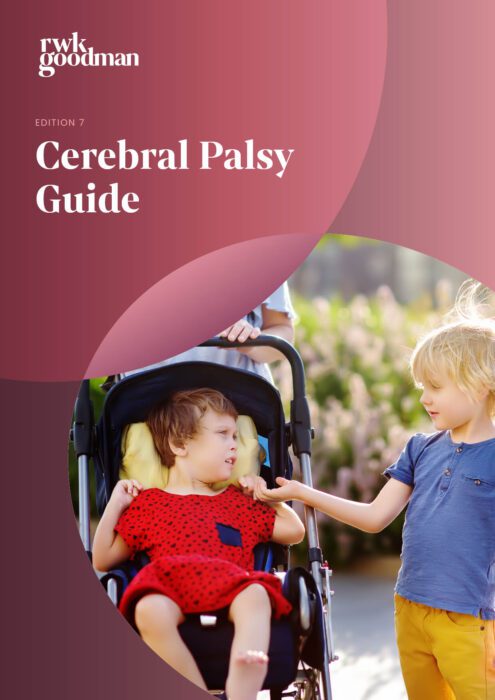
Download our guide to cerebral palsy
Find out all you need to know about the condition, treatments, support available and more in our guide.
Our birth injury experts have collated a range of information for families affected by cerebral palsy in this comprehensive guide.
Alternative treatments
Other therapies will be available to you and your child, either provided by your local authority (following an assessment), or privately arranged and funded by yourself or with help from a charity.
Before embarking on any alternative therapy, talk to your doctor or paediatrician about its benefits for you/your child, especially if the treatment is expensive or if its efficacy is not widely accepted by the medical community.
You may also want to check that any treatment has been researched and evaluated by independent experts and that the therapists are trained, qualified and insured.
Always ask about the pros and cons of any alternative therapies for cerebral palsy, and weigh up the benefits.
We explore some popular alternative therapies for people with cerebral palsy in more detail below:
Hydrotherapy is a specific type of treatment conducted by trained therapists for people with cerebral palsy that takes place in warm swimming pools or specialist hydrotherapy pools.
Weightlessness in the water enables people with cerebral palsy to enjoy a range of motion that they may struggle with on land. This means that they are free to perform a range of cardiovascular and resistance exercises without placing undue stress on their body. The warmth of the water can also help to ease muscles and reduce pain.
Flotation devices are often used during the exercises, such as boards and life jackets. Lifts and assistive technologies are available to help those with severe physical disabilities to get in and out of the pool and to support their therapy session.
A hydrotherapy pool is one of the best places to perform exercises that improve movement, physical ability and fitness in people with cerebral palsy. It’s also a relaxing and enjoyable experience that helps to relieve tension.
Hippotherapy is a form of riding therapy, or physiotherapy, that uses the movement of a horse to relieve tight muscles, build up weak muscles and improve balance and coordination in people with cerebral palsy.
The movement of a horse’s back when it walks mimics the human pelvis in walk. So when sitting on the horse (usually on a pad, not a saddle) the constant forward-back, side-to-side and turning motions can free up the muscles in the spine, and strengthen muscles in a way that can improve mobility, balance and coordination on the ground.
Hippotherapy is delivered by qualified physiotherapists with additional qualifications. They may use unconventional techniques like leaning a child back on the saddle pad, sitting them sideways or asking the child to kneel on the horse to achieve the desired effect. Therapists may sit behind the child on the horse if they have severe disabilities.
Because hippotherapy is a multisensory, sociable experience conducted in the open air and on horses, it brings both psychological and physical benefits. It is different from the therapeutic riding techniques taught by Riding for the Disabled (RDA).
Conductive education is a holistic system of learning that helps children and adults with neurological conditions to overcome their physical challenges and develop purposeful movement with less reliance on aids. It’s usually delivered in a full-time school setting, intensive holiday sessions or weekly classes for adults.
The model approaches the rehabilitation of people with motor disabilities from an educational perspective, rather than a medical perspective. It focuses on the link between the mind and body and the importance of developing the motivation, confidence and intention required to achieve physical goals. Neurological conditions are not seen as ‘limiting’ but as a key to the direction of learning required.
Conductive education therefore encourages the development of the whole child or adult, including physical, intellectual, social and emotional skills. The programme includes a timetable of relevant, fun and age-appropriate activities, including learning strategies and movement skill tasks. There is plenty of opportunity for practising movements and lots of achievement and praise.
School-aged children follow the national curriculum and daily living skills are integrated into the activities e.g. washing and dressing.
Central to the learning system is the teacher, or ‘conductor’ and the ‘group’. Conductors are specially qualified to plan and deliver age-appropriate, tailored conductive education and may work with other professionals.
A group setting for learning is important, because social interactions, healthy competition, support, celebrating success and learning from others are key to the success of conductive education.
Parents and carers are encouraged to learn from the conductors so that they can help children to practise their skills at home.
Where can we access Conductive Education?
Conductive education centres provide outreach centres in schools and other community settings. Home visits may be available.
To find a Conductive Education centre near you, please contact the National Institute of Conductive Education (NICE), based in Birmingham, on 0121 449 1569 or email [email protected]. There is also a list of centres offering conductive education at the Conductive Education Professional Education Group’s website. (CEPEG)
Therapy at the Bobath Centre includes a team of speech and language therapists, occupational therapists and physiotherapists analysing the specific difficulties your child has in participating in ordinary activities.
Working together, they will help you to find practical solutions to these difficulties that can be regularly practised and incorporated into everyday life.
Treatment costs may be covered by the NHS if your child is ordinarily resident in the UK.
Where can we access the Bobath Centre?
The Bobath Centre is in London and treatment takes place over a two-week period. You can access therapy by asking your child’s doctor to make a referral to the centre. For more information visit www.bobath.org.uk, email [email protected] or call 020 8444 3355.
The cost of treatment might be covered by your local NHS clinical commissioning group (ask your doctor), or you can pay for the treatment yourself.
Complementary therapies include practices such as acupuncture, yoga and baby massage.
Acupuncture is a Chinese healing therapy that can help to relieve pain and is widely available in the UK. As an alternative to medicine, it is commonly used to relieve the pain associated with migraines, backache and sports injuries. Studies in the USA have shown some short-term improvements in muscle tightness when acupuncture is performed on children with cerebral palsy.
We recommend that you talk to your paediatrician or doctor and do further research before considering acupuncture as an alternative therapy for cerebral palsy.
If you are considering other therapies such as yoga and baby massage, check that your doctor approves of the approach and that the therapist is adequately trained and qualified to practice with people with cerebral palsy.
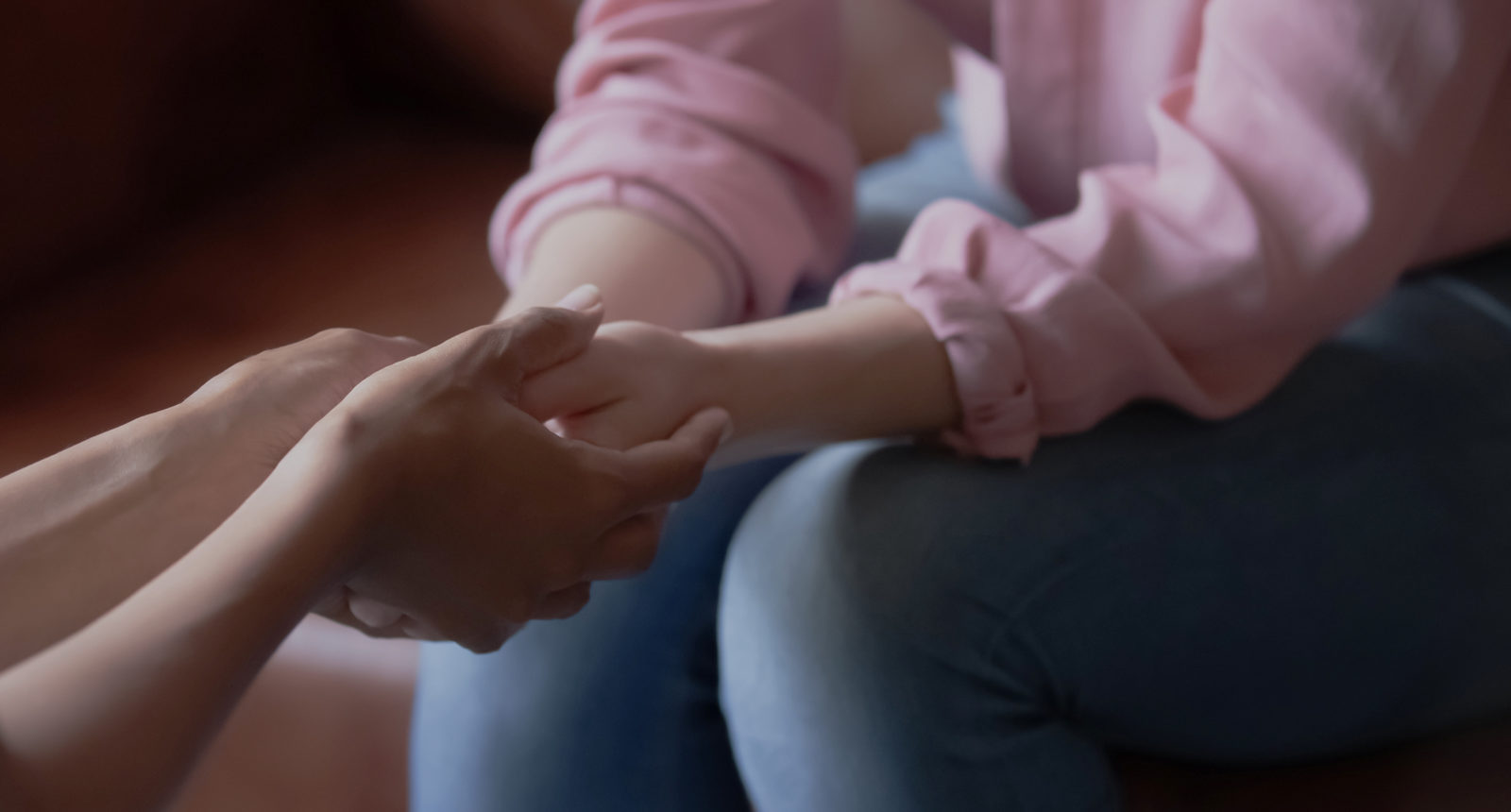
Funding treatment
Your paediatrician may wish to try one or many of the above treatment options for your child’s cerebral palsy. As specialist birth injury solicitors, we can help you to secure funding for your child’s treatment.
